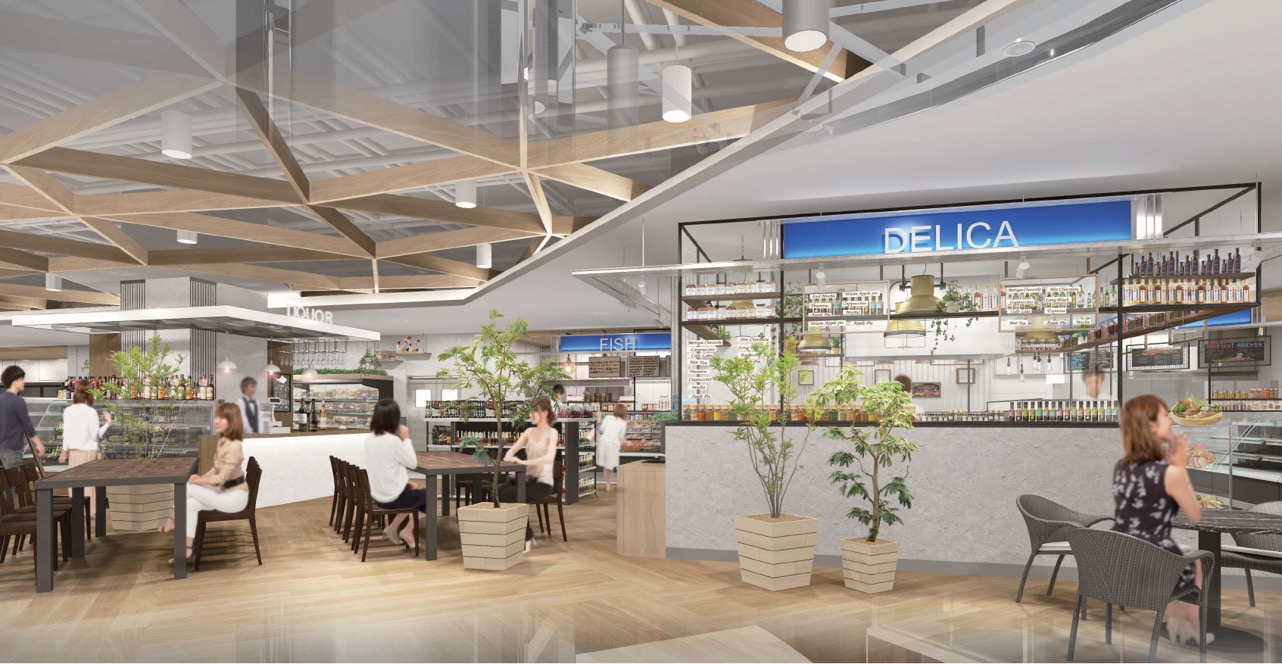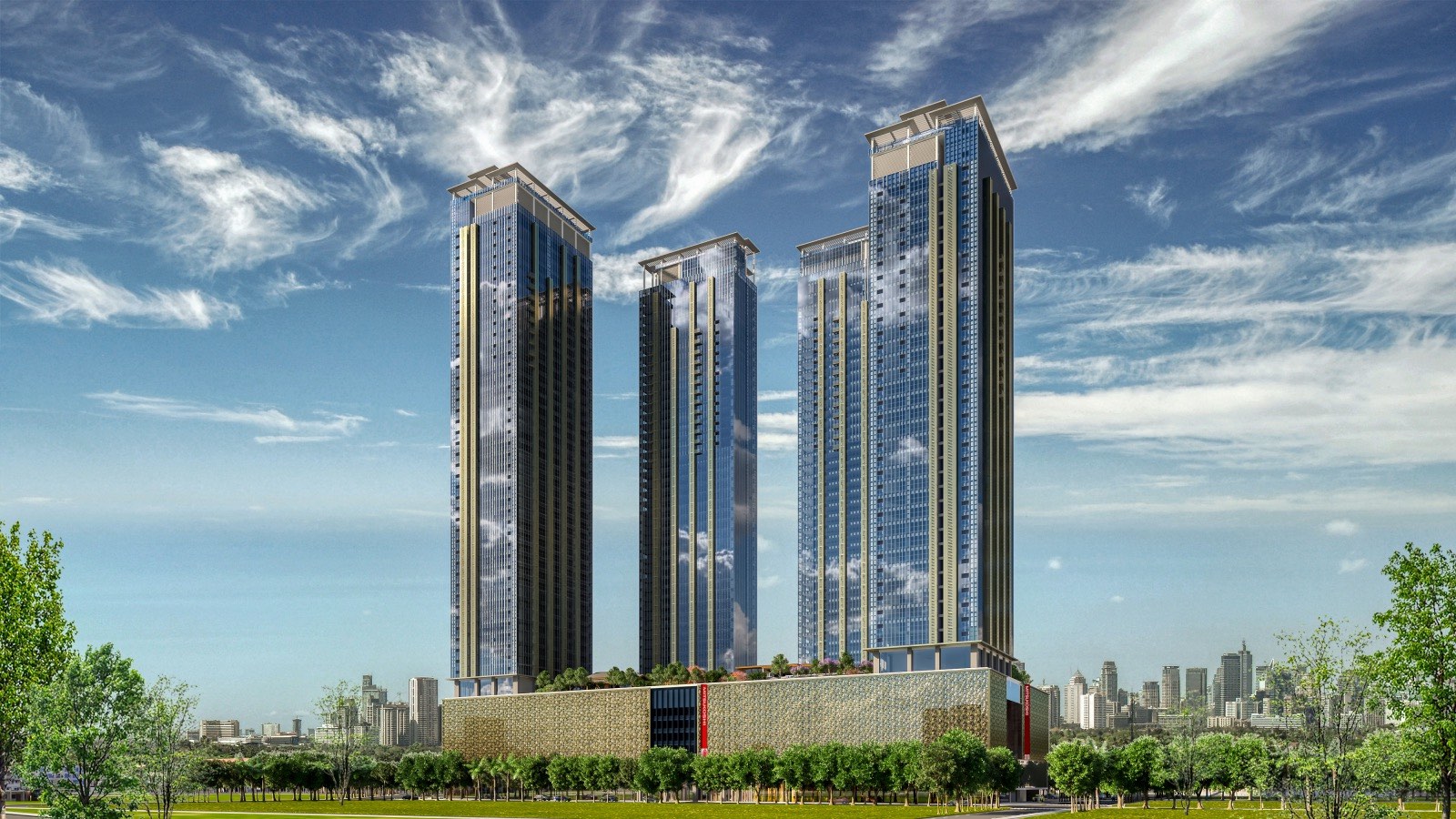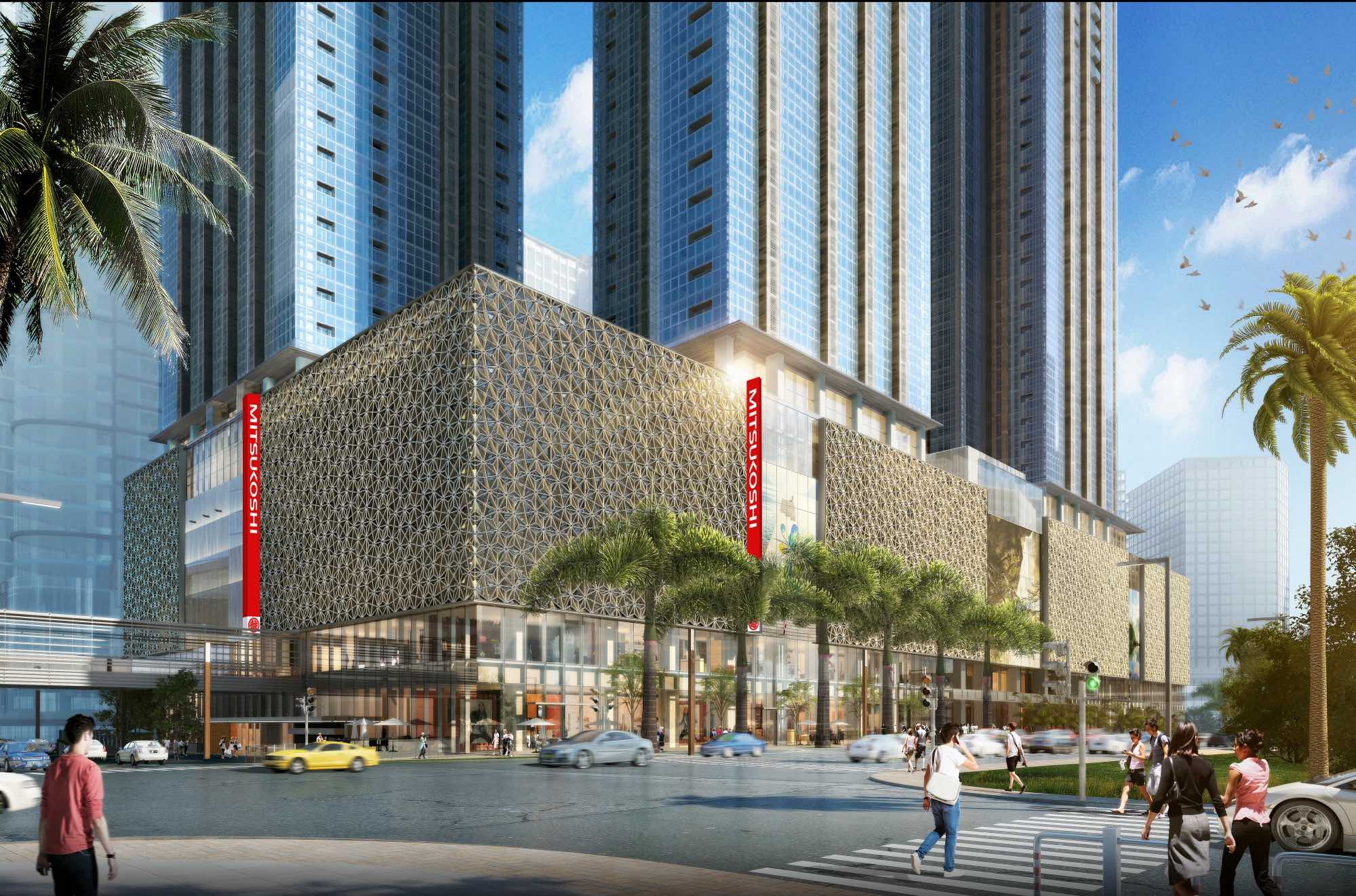MITSUKOSHI is coming to Manila with its signature Japanese culture and a unique design
What is it about Japan that makes us fall in love deeper with each visit? It’s impossible to pick one reason—it’s all the traditions, the little niceties in their way of life, the cherry blossoms, the food plated so beautifully, and its natural surroundings and built heritage.
For me and fellow design enthusiasts, it is the Japanese aesthetic that encapsulates all the beautiful things about Japan and its people.
You can be walking in Tokyo surrounded by tall, modern buildings and cross a torii gate into an ancient Shinto shrine. You can be looking at a delicate Japanese scroll one minute and a train ride away is a museum where the world’s greatest artworks are splashed digitally across all surfaces, including your own body. You can be in a supermarket that’s selling a square watermelon costing P30,000 or at Donki filling up two suitcases with Japanese snacks for the same amount.

And since we can’t all live in Japan, a venerable piece of the country is coming to Manila: MITSUKOSHI, a shopping mall which will be launched by the oldest department store in Japan, founded in 1673 as a kimono seller.
In the streets of Ginza and Nihombashi in Tokyo, the red banners of MITSUKOSHI Department Store assure you that you’re in for a visual and cultural treat as a foreigner, which of course is “ordinary” for locals who experience it in their daily lives. (Yes, we’re suffering from quotidian envy.)
Inside a MITSUKOSHI Department Store in Japan, the contrasts, textures and stories of tradition and modernity, luxury and everyday are incredibly balanced.
Japanese cosmetics brands alongside global luxury bags, and in the depachika or the basement level, the supermarket with its concessionaires of bakers and sushi masters that make and package their food artfully.

The spaces and products inside MITSUKOSHI are always something that inspire awe—if not downright desire to just swipe your plastic till you drop.
MITSUKOSHI in Manila at The Seasons Residences

This very Japanese experience is coming to Bonifacio Global City through a partnership between Federal Land, Inc. Nomura Real Estate Development Co., Ltd. and Isetan Mitsukoshi Holdings Ltd.
The four-story mall will house a well-curated selection of boutiques, supermarket, and food hall. It will be at the podium of the four-tower high-end The Seasons Residences, the latest Japanese-inspired condominium by Federal Land located in the master planned community, Grand Central Park.
Grand Central Park is a 10-hectare master-planned community that features contemporary residential towers, upscale retail hubs, and the 5-star hotel Grand Hyatt Manila. Strategically located at North Bonifacio Global City, Grand Central Park presents more convenient mobility options via major infrastructure developments such as the BGC-Ortigas Road Link, the Metro Manila Subway System, BGC-NAIA Bus Rapid Transit System and the Sky Train–monorail link from BGC to Guadalupe, Makati City.
The podium façade of The Seasons Residences is designed and supervised by Torafu Architects, an up-and-coming Japanese firm, and artist Asao Tokolo, who collaborated with the architectural firm.
Designer Asao Tokolo’s hemp pattern for MITSUKOSHI Manila’s façade is a combination of equilateral triangles and squares as opposed to the traditional pattern.
Tokolo designed the Tokyo Olympics & Paralympics logo, which carries the theme “tsunageru” or “to connect.”
“The core of my work is the idea of ko (individuality), gunn (gathering), and ritsu (pattern), and the emblem was created by shaping wa (ring) with 45 of the three types of squares and 15 in the center. The two emblems, one for the Olympics and one for the Paralympics, can be created by combing the same number of squares. In addition, there are tens of thousands of combinations of shapes to make the emblem, expresses diversity and inclusion.
How does he feel about being chosen to design the logo? “I feel honored and very proud. I have learned a lot from playing a part in the Olympics. Athletes, regardless of the Olympics, make the most of their time to improve themselves until the very end. Seeing them, with pride, I would like to continue doing what I can do until the end, no matter what the situation is.”
Bringing new pattern to an ancient tradition

For the podium façade of The Seasons Residences, Tokolo decided to highlight the hemp pattern. He tells PhilSTAR L!fe that when he was given the theme “Japan” for this project, he wanted to create a new hemp pattern for the Manila mall.
He explains that the hemp pattern is a traditional motif used in cloth, embroidery and divine rituals since ancient times in Japan, but at the same time, it is an extension of motifs used in Persia, China, and other parts of the world.
His iteration for the Philippine project “is a combination of equilateral triangles and squares in it as opposed to the traditional pattern. We believe that the ‘new’ hemp pattern is not limited to the façade, but has the potential to be extended to other materials by viewing the shadows created by the scale of the façade architecture, the shapes that appear differently depending on the distance and angle, and the way they look like Japanese ‘paper lanterns’ when illuminated at night.”
The idea of “connections” in his work is not just an abstraction but has translated into his own professional life. “I started my career in the creation of patterns since Sept. 11, 2001, and for the past 20 years I have tried to incorporate ‘connect’ into practice through my work.
“I met Torafu Architects 11 years ago and the ‘new’ hemp-patterned façade in this project is a culmination of our work.”
Connections

Architects Koichi Suzuno and Shinya Kamuro of Torafu Architects, for their part, employ a working approach based on “architectural thinking” in every project.
Works by the award-winning duo include a diverse range of products, from architectural design to interior design, exhibition space design, product design, spatial installations and filmmaking.
According to them, the design of MITSUKOSHI was guided by how it would look from all directions since the building is an integral part of the environment that is North BGC.
“We planned a façade that gives a variety of expressions depending on the weather and the time of day by sequencing the views from different angles, such as views from distant or up close, from a car or by pedestrians.”
We planned a façade that gives a variety of expressions depending on the weather and the time of day by sequencing the views from different angles.
How lovely that they considered what we as pedestrians and motorists would see at different times of day, from all directions, approaching or alongside the building!
The firm says they first worked with Tokolo in 2009, when they designed the interior and exterior of the flagship store of a lifestyle sports brand in Harajuku, Tokyo and later collaborated on an exhibition booth for a housing equipment manufacturer.
“We thought that Mr. Tokolo's original design, which consisted of a mathematical idea of continuously combining shapes, could create something new in this project with a place with the scale and depth of architecture, while using traditional patterns as a motif which would be a great fit for a project with Japan as theme.”
In order to create a three-dimensional and architectural version of Tokolo’s pattern, they repeatedly simulated and verified the size of the material to maintain its beauty since it serves as a transparent exterior and function as a cover of the parking lot. In addition, they also considered the details of the four corners to achieve a seamless appearance.
Are you ready for depachika?

MITSUKOSHI at The Seasons Residences will feature a high-end cosmetic and curated trend beauty store, its signature depachika or the basement level food hall and supermarket, and “omotenashi” or the Japanese hospitality service from the heart.
The staff will be trained in omotenashi or the art of Japanese hospitality for a complete shopping experience.
MITSUKOSHI Nihombashi, the flagship store of the chain, offers one-on-one services. The Ginza branch offers an attendant service for foreigners. There will also be training programs to educate the local employees just provided for MITSUKOSHI in Manila to suit the manner of Filipino culture.
We already love MITSUKOSHI in Japan, and we can’t wait how it will look and feel in Manila.
To know more about The Seasons Residences, visit this website.
Editor’s Note: BrandedUp is designed to provide you with insightful, inspiring and educational content created by PhilSTAR L!fe in collaboration with brands like Federal Land.



